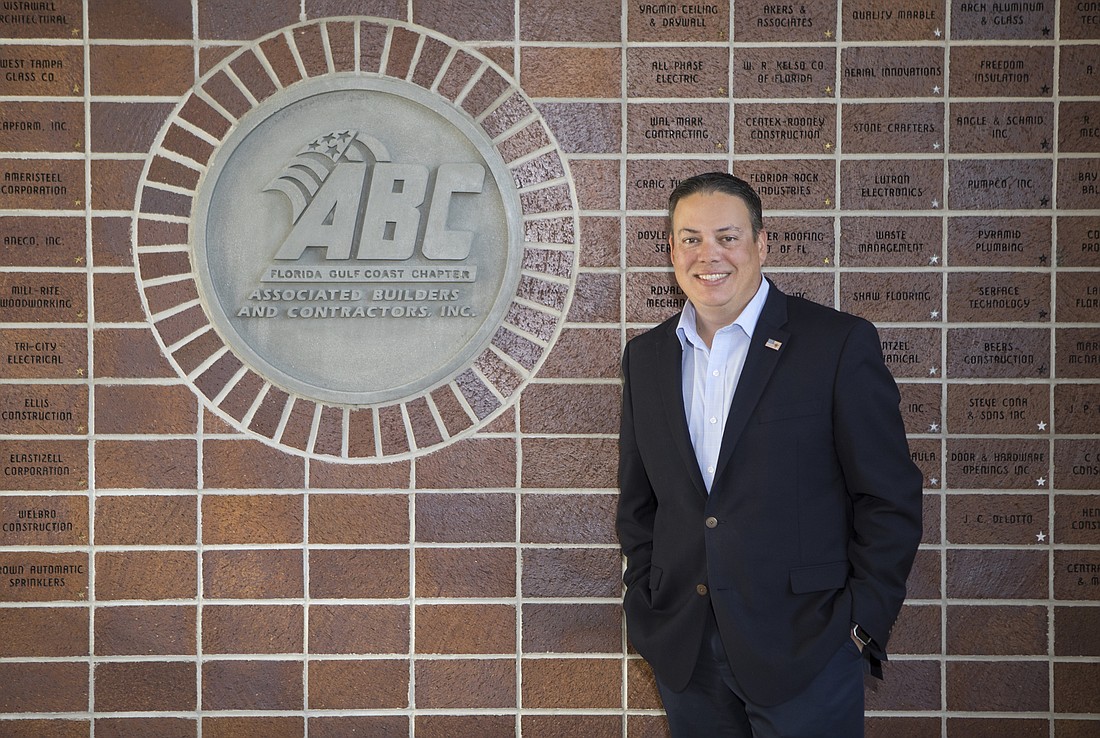- December 18, 2025
-
-
Loading

Loading

It’s still a big problem.
That’s the word from several of the region’s construction industry leaders. The labor shortage that got so much attention a couple years ago hasn’t been solved. Companies are hurting, projects are getting delayed, and firms are looking for ways to alleviate the shortage.